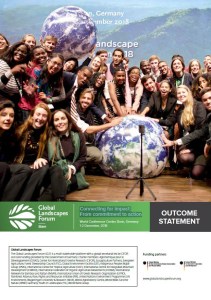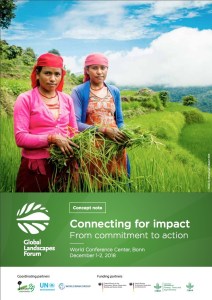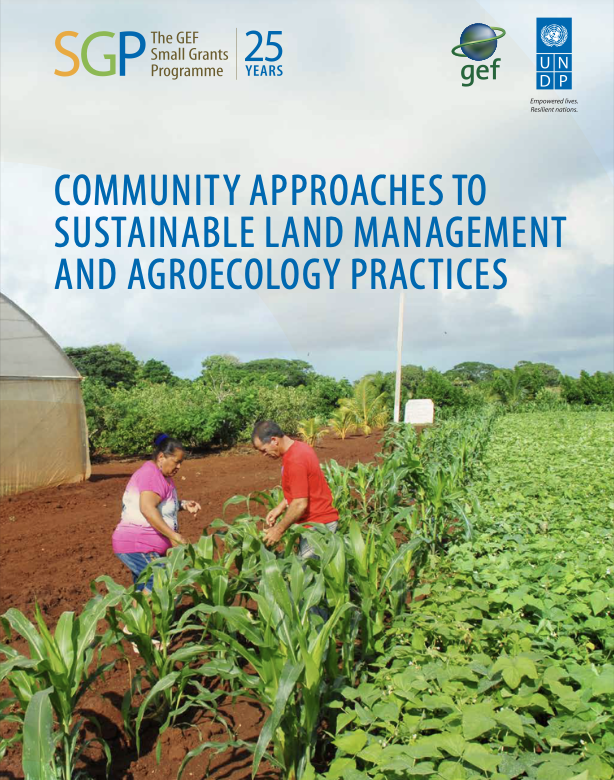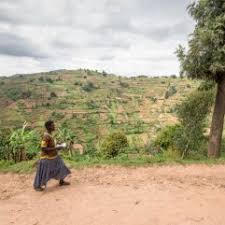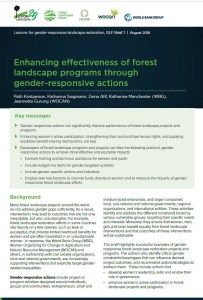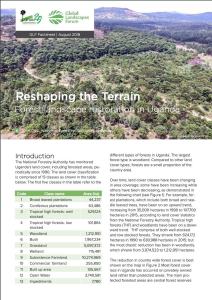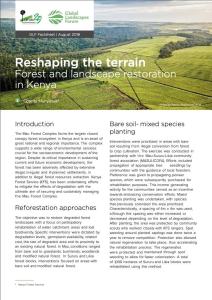Guidelines for equitable and sustainable non-timber forest product management
How can we improve local livelihoods while maintaining forest biodiversity and strengthening sustainable forest management in a socially inclusive and just manner? These guidelines present practical strategies and field examples for the inclusive and sustainable extraction, sale and management of forest products, particularly NTFPs. They build upon the framework of the Community Biodiversity Management approach in which three outcomes are sought; (1) community empowerment and social equity, (2) biodiversity conservation and (3) livelihood development (Sthapit et al. 2016).


